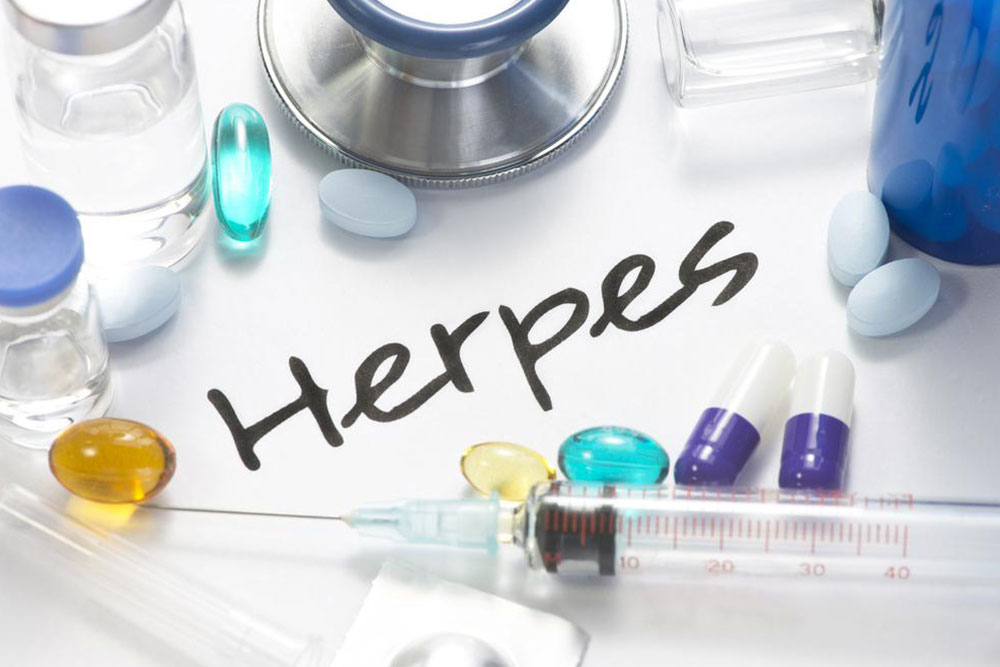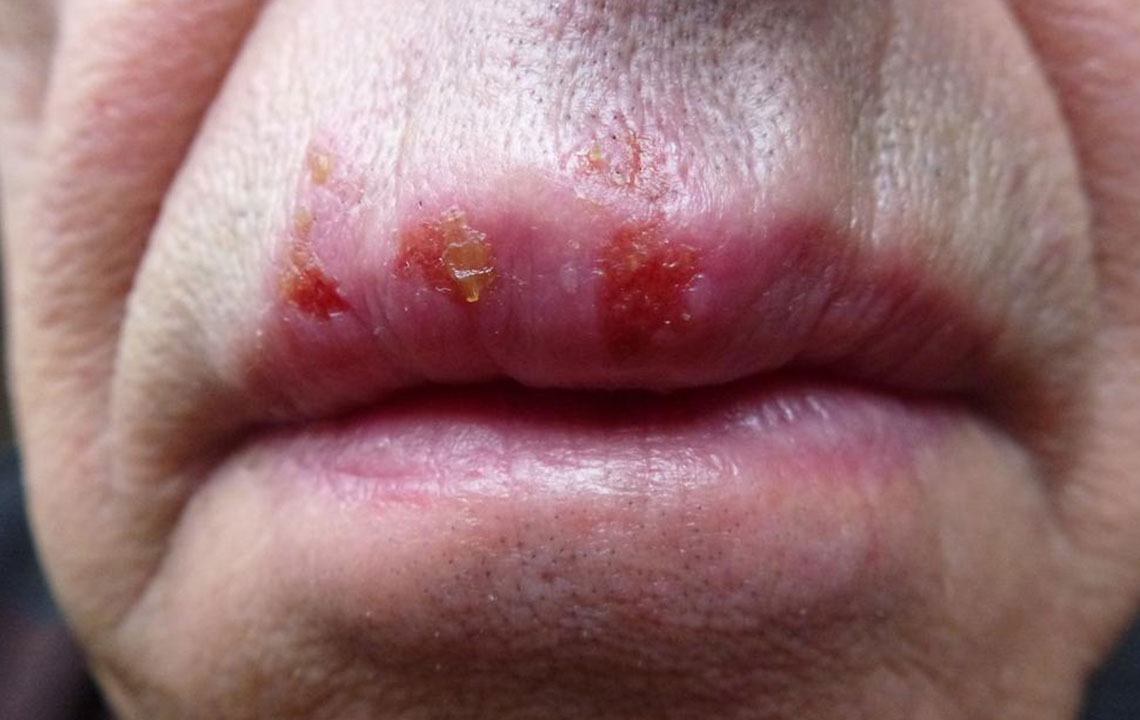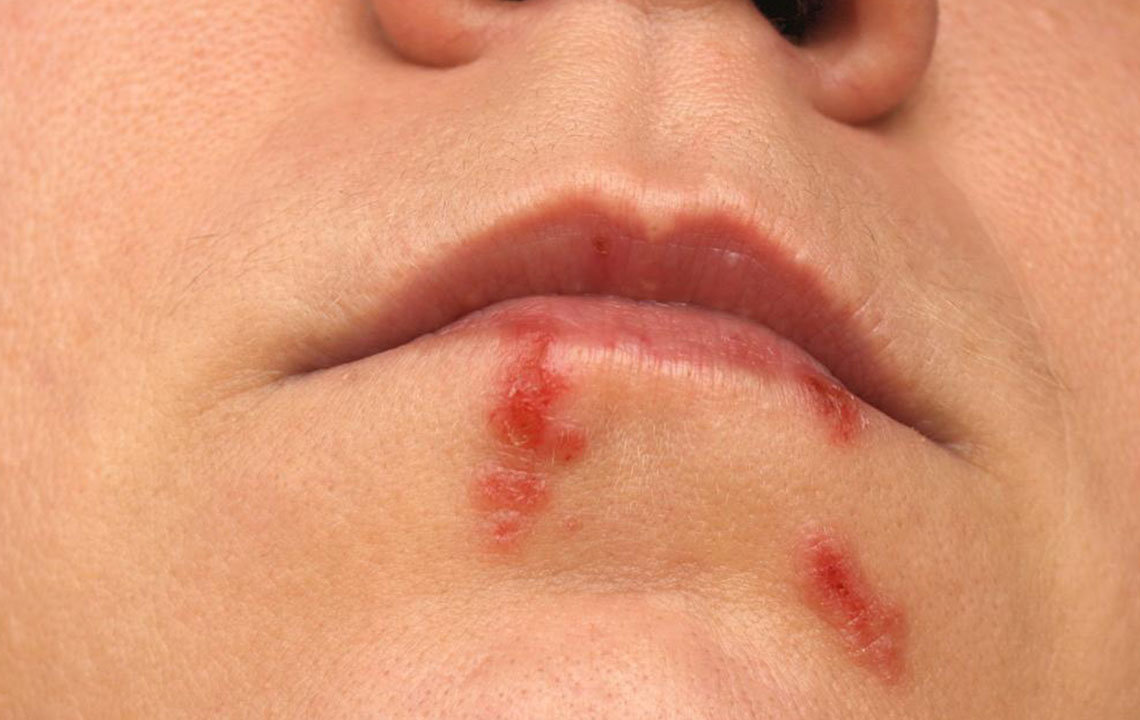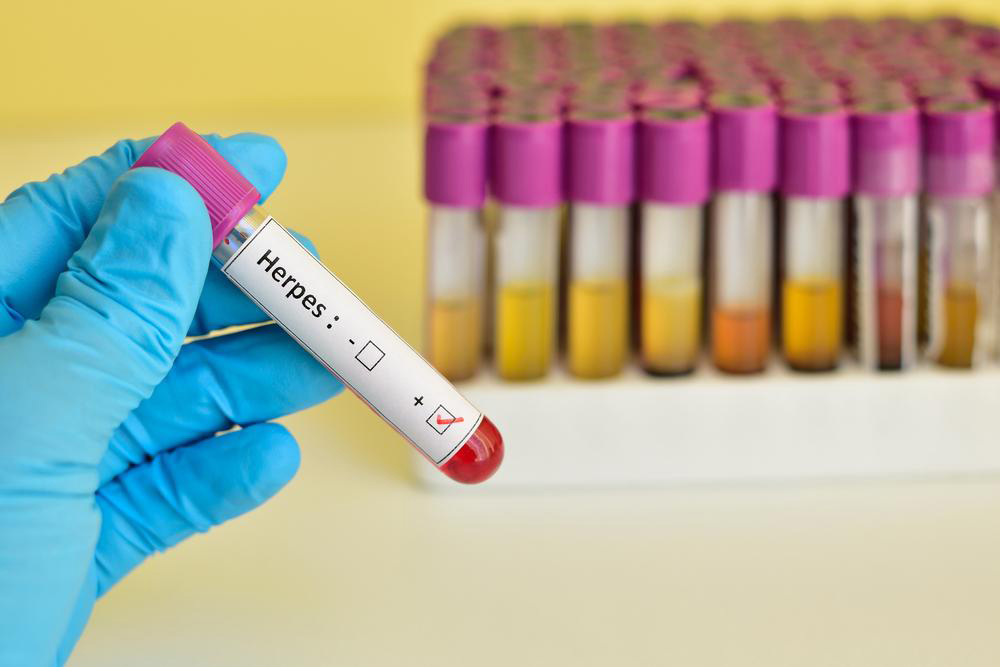Comprehensive Guide to Herpes: Causes, Transmission Pathways, and Effective Prevention Strategies
Herpes is a common and contagious viral infection caused by HSV types 1 and 2. It spreads through skin contact, saliva, or sexual activity. While there's no cure, antiviral medications help manage outbreaks. Prevention includes safe sex practices, avoiding contact during outbreaks, and regular testing. Awareness and proactive measures are essential to reduce transmission risks and live a healthy, informed life with herpes.

Comprehensive Guide to Herpes: Causes, Transmission Pathways, and Effective Prevention Strategies
Herpes is a common viral infection that affects millions of people worldwide, making it one of the most prevalent sexually transmitted infections. Caused by the herpes simplex virus (HSV), this condition manifests mainly as painful sores or blisters on the mouth or genital areas. Understanding the nature of herpes, how it spreads, and the best practices for prevention is essential for maintaining your health and protecting your partners. This guide offers an in-depth look at herpes, covering its causes, transmission routes, symptoms, and effective prevention methods, empowering you with the knowledge needed to manage and reduce the risk of infection.
What Is Herpes and Its Types
Herpes is caused by the herpes simplex virus, which exists primarily in two forms: herpes simplex virus type 1 (HSV-1) and herpes simplex virus type 2 (HSV-2). HSV-1 traditionally causes oral herpes, which results in cold sores or fever blisters around the lips and mouth. However, HSV-1 can also lead to genital herpes through oral-genital contact. HSV-2, on the other hand, is mainly associated with genital herpes, causing sores in the genital and anal regions. Despite the classification, both viruses can infect either area and are capable of causing recurrent outbreaks.
Causes of Herpes Infection
The herpes virus infects the body through skin-to-skin contact with an infected individual. During initial infection, the virus enters the nerve cells near the site of contact, where it can remain dormant for extended periods. The infection occurs primarily through contact with infected saliva, genital secretions, or skin lesions. Activities such as kissing, oral sex, vaginal or anal intercourse, and sharing personal items like towels or razors can facilitate transmission. Importantly, herpes can be spread even when no visible sores or symptoms are present, as the virus can shed asymptomatically.
Modes of Transmission and Risk Factors
The primary means of herpes transmission include:
Kissing or oral contact with an infected person
Genital contact during sexual activities
Sharing contaminated items, including utensils, lip balms, or towels
Unprotected sexual activity significantly increases the risk of transmission, particularly when one partner is asymptomatic. Factors that heighten susceptibility include a weakened immune system, stress, illness, or other conditions that suppress immune function. Additionally, individuals with multiple sexual partners or inconsistent condom use face a higher risk of contracting or spreading herpes.
Symptoms and Outbreaks
Many people infected with HSV may be asymptomatic, showing no obvious signs or symptoms. However, when symptoms do occur, they often include painful blisters, sores, or ulcers at the site of infection. The first outbreak is usually the most severe, lasting several weeks, and may be accompanied by flu-like symptoms such as fever, swollen lymph nodes, muscle aches, and fatigue. The sores tend to heal on their own, but the virus remains latent within nerve cells, ready to reactivate periodically. Recurring outbreaks tend to be less severe but can still cause discomfort and embarrassment.
Management and Treatment Options
While there is no cure for herpes, antiviral medications such as acyclovir, valacyclovir, and famciclovir can effectively reduce the severity, duration, and frequency of outbreaks. These medications are most effective when started early in the outbreak. Suppressive therapy may be recommended for individuals with frequent recurrences to minimize the risk of transmission to others. Additionally, topical treatments can help soothe symptoms and promote faster healing.
Prevention Strategies and Safe Practices
Preventing herpes transmission involves adopting safe sex practices and understanding the limitations of current treatments. Key prevention tips include:
Consistent and correct use of latex condoms or dental dams during sexual activity
Avoiding sexual contact during active outbreaks or when sores are present
Open communication with partners about STI status
Regular STI testing and screening
Using antiviral suppressive therapies if diagnosed with herpes, especially if having frequent outbreaks or partner concerns
It's essential for infected individuals to be aware of asymptomatic viral shedding and take precautions accordingly, even in the absence of visible symptoms. Education and proactive measures are vital in reducing the spread of herpes and maintaining sexual health.
Living with Herpes and Coping
Herpes can impact emotional well-being, causing feelings of shame, anxiety, and relationship concerns. Support groups and counseling can be helpful for individuals coping with the diagnosis. Open communication with partners, adherence to treatment plans, and practicing safe sex can help manage the infection effectively. Remember, herpes is a manageable condition, and with proper care, most people lead healthy, fulfilling lives.
In summary, understanding herpes, its causes, how it spreads, and the available prevention and treatment options are crucial steps in controlling this widespread infection. Staying informed and practicing safe habits not only protects your health but also safeguards your partners, contributing to a healthier society overall.





